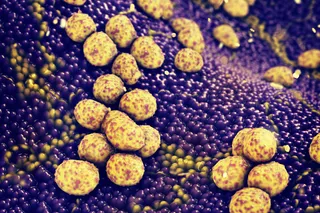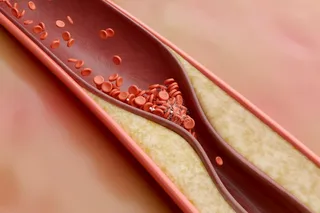Gene For Left-handedness Identified in ScienceDaily. The original paper is LRRTM1 on chromosome 2p12 is a maternally suppressed gene that is associated paternally with handedness and schizophrenia:
Left-right asymmetrical brain function underlies much of human cognition, behavior and emotion. Abnormalities of cerebral asymmetry are associated with schizophrenia and other neuropsychiatric disorders. The molecular, developmental and evolutionary origins of human brain asymmetry are unknown. We found significant association of a haplotype upstream of the gene LRRTM1...with a quantitative measure of human handedness in a set of dyslexic siblings, when the haplotype was inherited paternally...While we were unable to find this effect in an epidemiological set of twin-based sibships, we did find that the same haplotype is overtransmitted paternally to individuals with schizophrenia/schizoaffective disorder...We then found direct confirmatory evidence that LRRTM1 is an imprinted gene in humans that shows a variable pattern of maternal downregulation. We also showed that LRRTM1 is expressed ...













